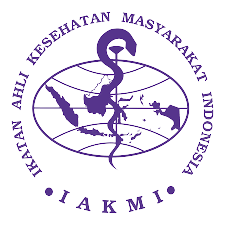ANALYSIS OF ACCEPTANCE OF WORK-BASED STASION MODELS ANTHROPOMETRY MATH MODEL FOR EMBROIDERY WORKERS (CASE STUDY: KECAMATAN KAWALU TASIKMALAYA)
Abstract
The attitude of the craftsmen and work station models in embroidery companies that are uncomfortable and safe for the body coupled with work organization that is not yet well organized often causes various problems for the body. The results of previous studies note that there are several angles that need attention: (1) the angle formed between the upper leg and buttocks, (2) the angle formed by the upper arm with the shoulder and (3) the angle formed between the upper arm and the forearm . Based on this, we have designed a work station model that measures the dimensions of the three angles above. However, the model still needs to be tested for community acceptance.
The method used in testing the work station model is the acceptance analysis approach using the modified Technology Acceptance Model (TAM) measurement method so that it can be used to determine the level of user acceptance of the work station model created.
This research was conducted in three stages by considering several factors, such as the number of researchers, time and budget of funds. Respondents in this study were embroidery workers who had worked for at least 1 year totaling 100 people from various embroidery industries in the city of Tasikmalaya. Before distributing the questionnaire. Respondents are invited to use the work station model for 45 - 60 minutes to carry out sewing activities in general. Because there is only one work station model, each respondent alternates using the work station model until all respondents use it. The trial process lasted for 20 days, namely per day there were 5 respondents who tested using the work station model.
Keywords: TAM; Stasion Kera; Bordir
Keywords
Full Text:
PDFDOI: https://doi.org/10.37905/ijhsmr.v1i1.7650
Refbacks
- There are currently no refbacks.









